Screw Caps vs. Corks – Pop or Twist?
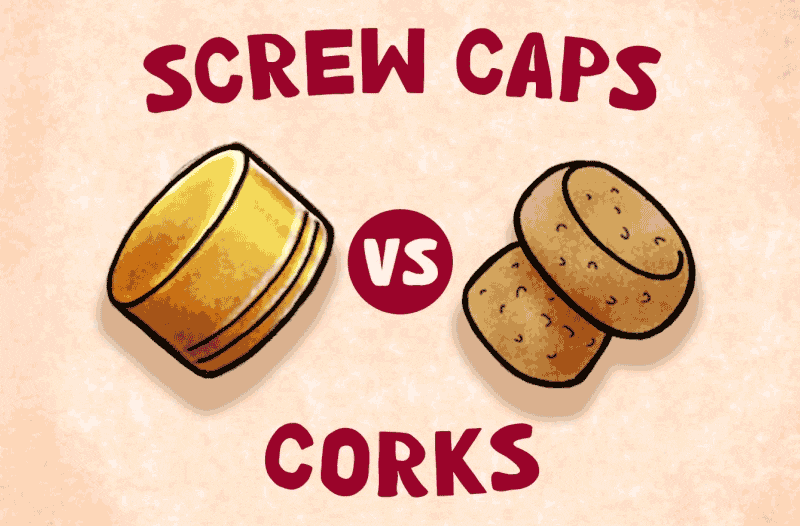
Screw caps and corks are two common wine closures that have been debated by wine enthusiasts for years. While cork has been the traditional choice for centuries, screw caps have gained popularity in recent years. Both closures have their advantages and disadvantages, and the choice between them can depend on various factors.
Cork has been the traditional choice and is still the preferred choice for many winemakers. Cork has a natural ability to breathe, allowing the wine to age and develop complex flavors over time.
However, cork is also susceptible to contamination, resulting in cork taint, a musty taste that can ruin the wine. In addition, cork is a limited natural resource, and its quality can vary greatly, leading to inconsistencies in the quality of wine closures.
On the other hand, screw caps are a newer alternative to cork and have gained popularity due to their convenience and reliability. Screw caps are easy to use and provide an airtight seal that prevents contamination or oxidation, ensuring that the wine stays fresh and flavorful.
However, some wine enthusiasts believe that screw caps are only suitable for young, inexpensive wines and cannot allow the wine to develop complex flavors over time.
The Common Closure for Wine Bottle
To make the educated decision, let’s check on all the available wine closure options today:
Cork (natural)
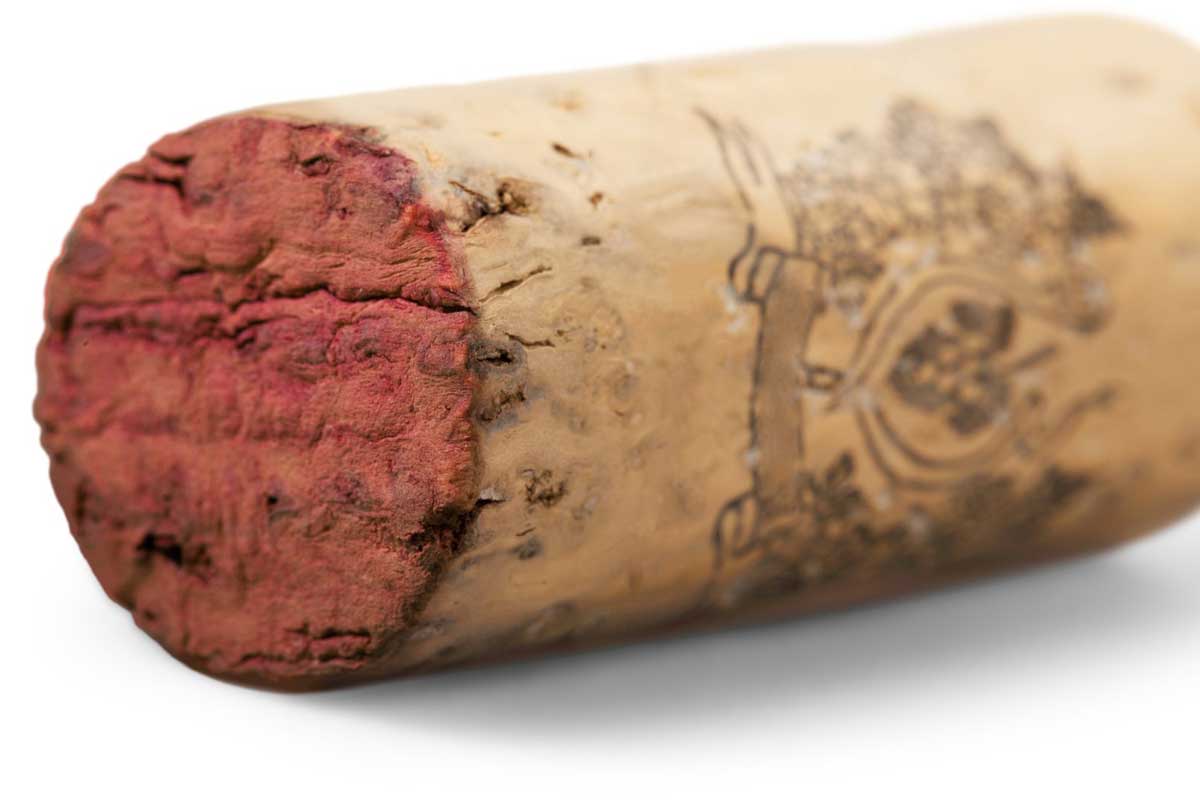
Esteemed by wine connoisseurs, a flawless natural cork is considered the optimal way to enclose a bottle, permitting a gradual and gentle aging process by allowing the wine to “breathe” slowly.
However, the downside lies in the occurrence of cork taint, a complex chemical reaction involving the tree bark and naturally present bacteria. This phenomenon leads to some corks being deemed ‘faulty,’ imparting undesirable, off-putting moldy aromas to the wine.
Screw Cap
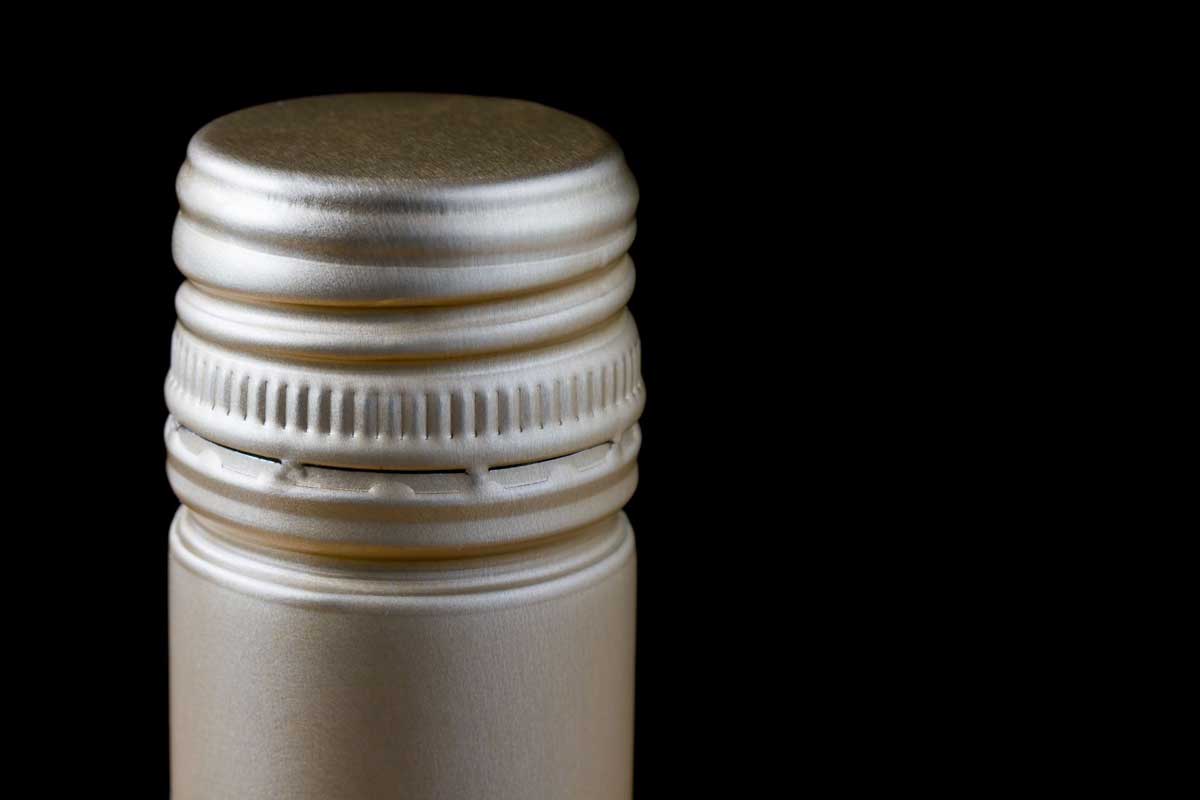
However, in the grand scheme of things, it has proven to be a superior closure compared to a flawed cork, and the prevailing sentiment is that almost everyone would opt for a screw cap over a compromised wine sealed with a problematic cork.
Screw Caps showed relevant advantages:
- user-friendly design, eliminating the need for corkscrews
- easy resealing, which is more convenient
- no cork taint, the risk of cork taint is virtually eliminated
Despite initial resistance, the wine industry has increasingly embraced screw caps as a reliable and practical closure, expanding their use to premium wines and challenging the perception that only cork closures are suitable for wines meant for aging.
Cork (syntetic)
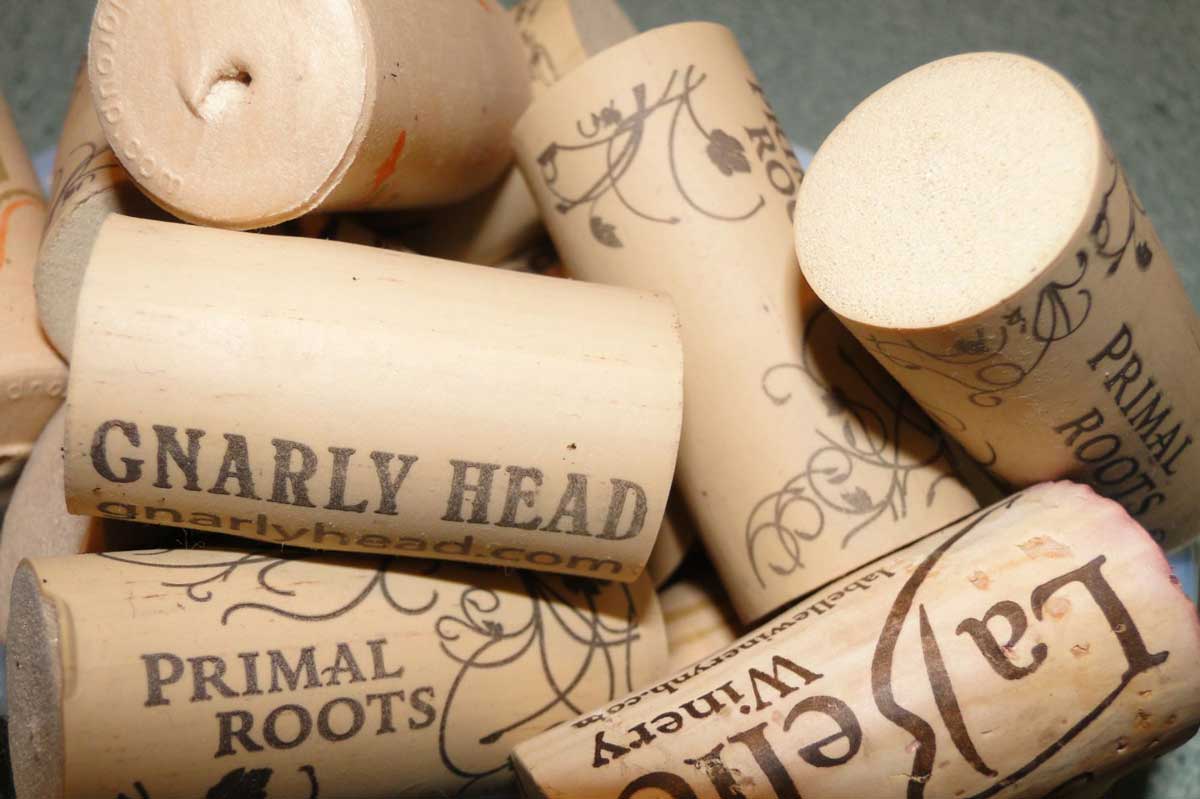 Even though traditional natural cork has its problems, almost nobody haven’t fully ditched it.
Even though traditional natural cork has its problems, almost nobody haven’t fully ditched it.
After all, isn’t there something special about uncorking a bottle? All the charm and seduction 🙂
It didn’t take long for a compromise. For those looking to avoid possible cork taint issues, there’s the synthetic cork option made of plastic.
No worries about faults, all the sentiments of bottle opening are there. Bridging the gap between tradition and innovation in the world of wine closures…
For some time, many orthodox wine lovers or winemakers weren’t persuaded. It is still debated whether cork crafted from plastic compounds is suitable for longer-term aging.
As technology continues to advance, synthetic corks become a compelling choice for those seeking a reliable closure that preserves both the wine’s integrity and the cherished ritual of uncorking a bottle.
Vinolok (glass)
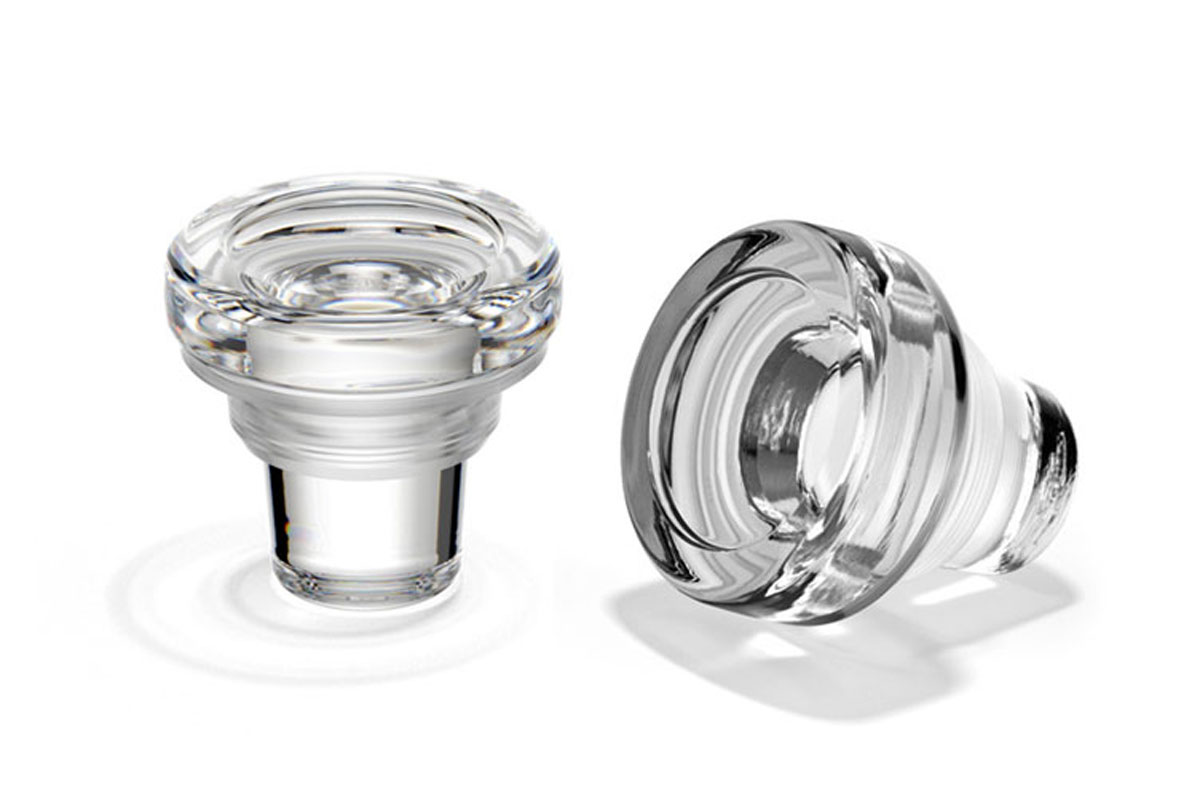
Vino-lok glass stoper is:
- visually attractive – sleek design increases the visual appeal of the bottle
- reliable – eliminates the risk of cork taint
- practical – no need for a corkscrew and can be resealed easily
- recyclable – increasing the sustainability of the wine industry
Unfortunately, it is more expensive. And, missing the wine bottle opening ritual moment 😉
Crown Seal
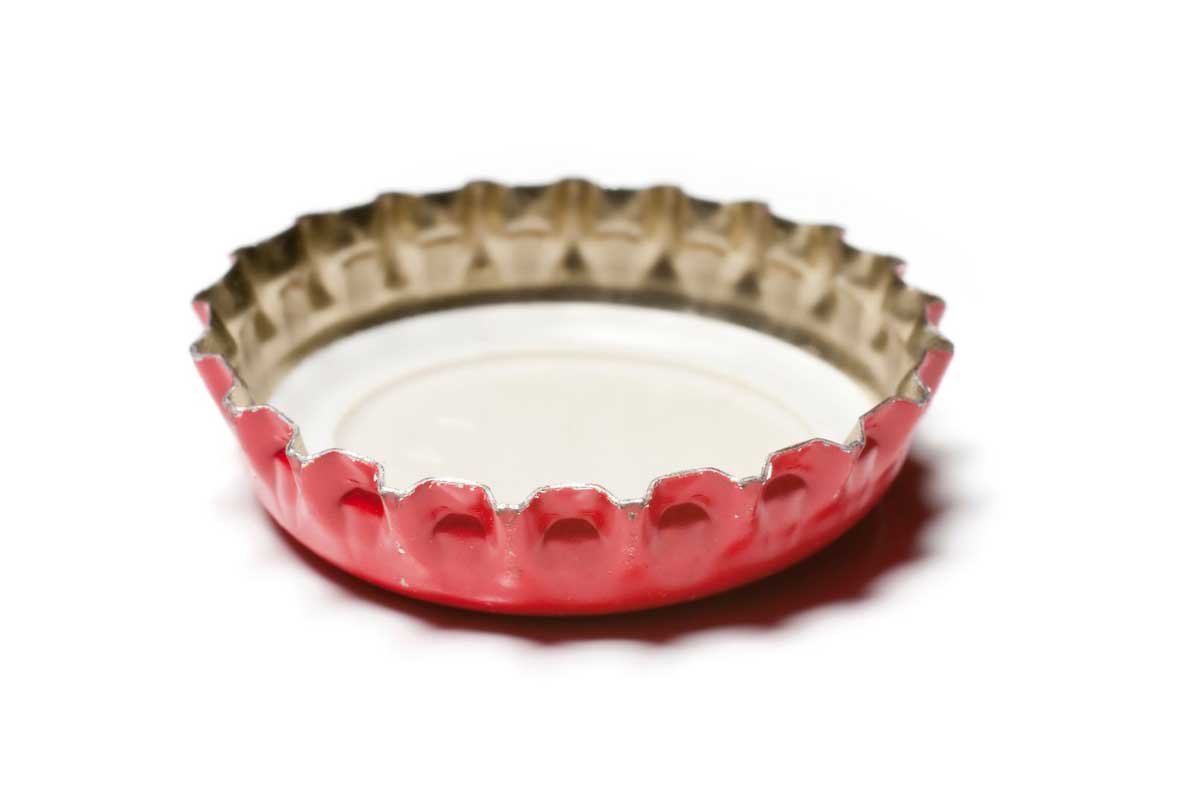
Regardless, a crown seal is never seen on 0,75L wine bottles. Maybe on 1L bottles. Or on some “natural wines“.
Is the perception of beer bottles that is keeping the wine audience away?
Because the important attributes are all here: no chance of cork taint, low cost, practical to open (not to reseal though), secure airtight…
Yet, zero romance. Also unreliable in the long run. Although, nobody ever risked tasting it on Romanee-Conti for example.
Cork (agglomerate)
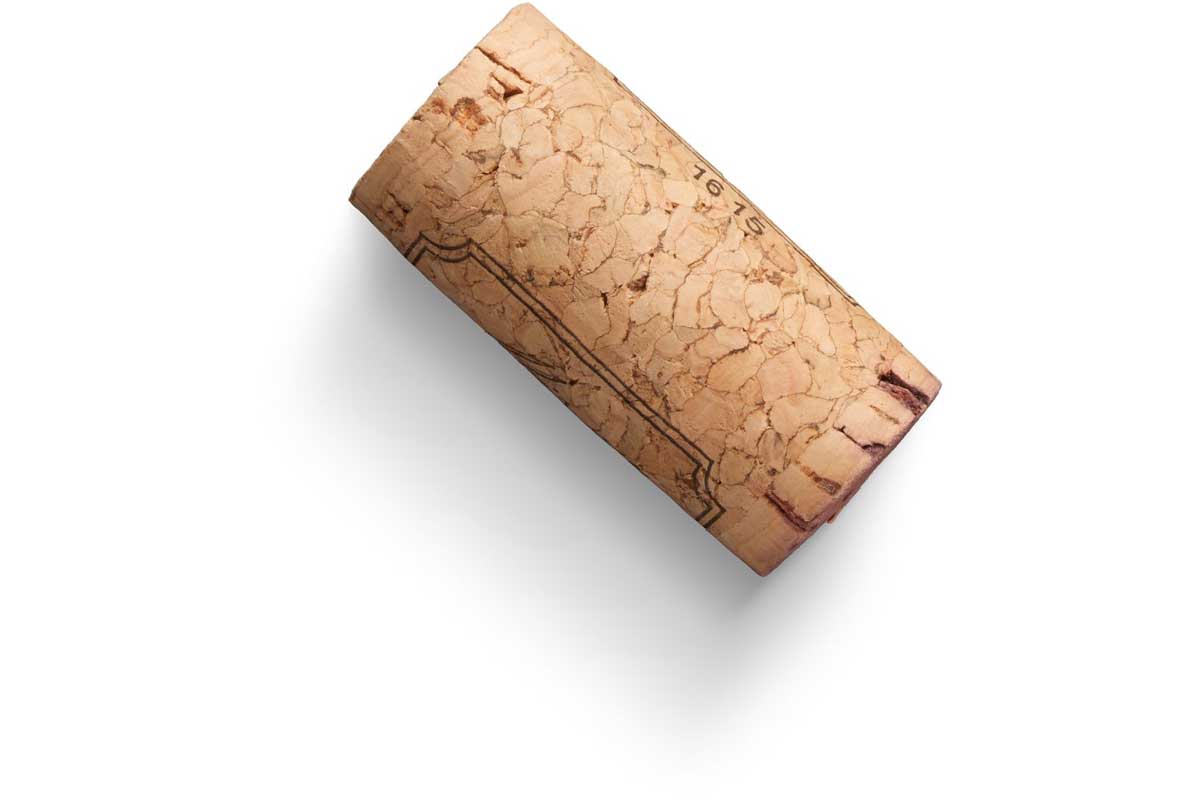
Agglomerate corks are crafted from small particles of natural cork that undergo a cutting-edge treatment process. In this process, the small cork particles are subjected to supercritical carbon dioxide, which effectively cleanses them of any potential faults, including the notorious cork taint. The treated cork particles are then meticulously reassembled (glued together) into the traditional-looking cork.
This approach ensures a consistent and reliable closure, allegedly eliminating the risk of wine spoilage.
Agglomerate corks apparently do combine the advantages (micro-oxygenation and tradition) of natural corks with the benefits of modern technology (no cork taint).
Having said that, not every agglomerate cork is 100% free of cork taint! Truly reliable ones are usually as costly as the well-made natural cork.
Historical Use of Corks and Screw Caps
Evolution of Wine Closure Technology
The use of cork as a wine closure dates back to ancient times when wine was stored in clay amphorae sealed with cork stoppers. Cork remained the primary wine closure material for centuries, until the 1960s when screw caps were introduced as an alternative.
Screw caps were initially used for cheap wines, but their use slowly spread to higher-end wines due to their superior sealing properties. Today, screw caps are widely used in the wine industry, especially for wines that are meant to be consumed young.
Corks, on the other hand, are still used for many high-end red wines that are meant to be aged for several years. Corks are also preferred by some winemakers for their traditional appearance and because of their proven ability to help the wine age gracefully.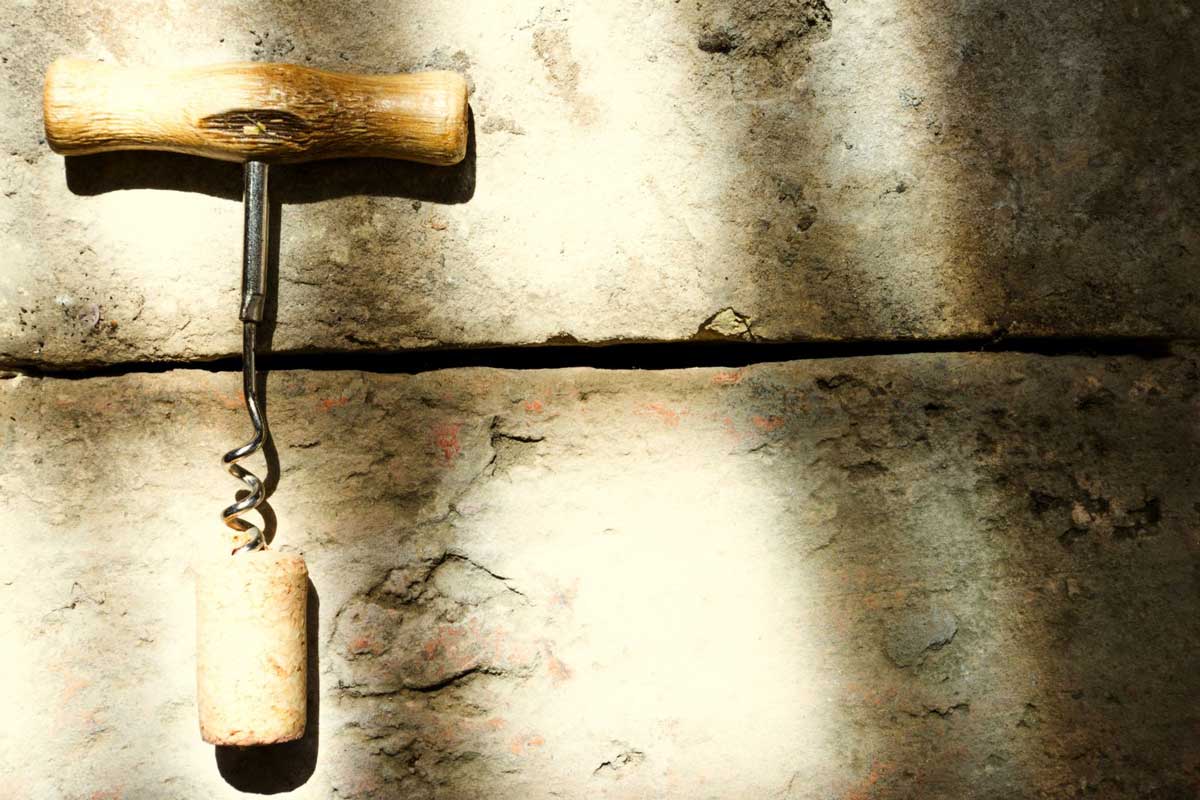
Popularity Trends in Wine Sealing
The use of cork as a wine closure has declined in recent years due to concerns about cork taint, a musty, unpleasant odor that can develop in wines sealed with contaminated corks. This has led many winemakers to switch to alternative closures, such as synthetic corks and screw caps.
According to a study by Wine Intelligence, screw caps are now the most popular wine closure in the world, accounting for 30% of global wine sales. This is due in part to their ease of use and ability to preserve the freshness of wine, particularly for wines that are meant to be consumed young.
However, corks still hold a special place in the hearts of many wine enthusiasts, who appreciate their tradition. As a result, the debate between corks and screw caps is likely to continue for many years to come.
Material Properties and Performance
Chemical Composition
Corks are made from the bark of the cork oak tree, which is a renewable resource that can be harvested every nine years without harming the tree. The chemical composition of cork includes a complex matrix of suberin, lignin, and polysaccharides, which give it unique properties such as elasticity, compressibility, and porosity. However, natural corks can be affected by cork taint, a chemical compound called TCA (2,4,6-Trichloroanisole) that spoils the wine’s flavor and aroma.
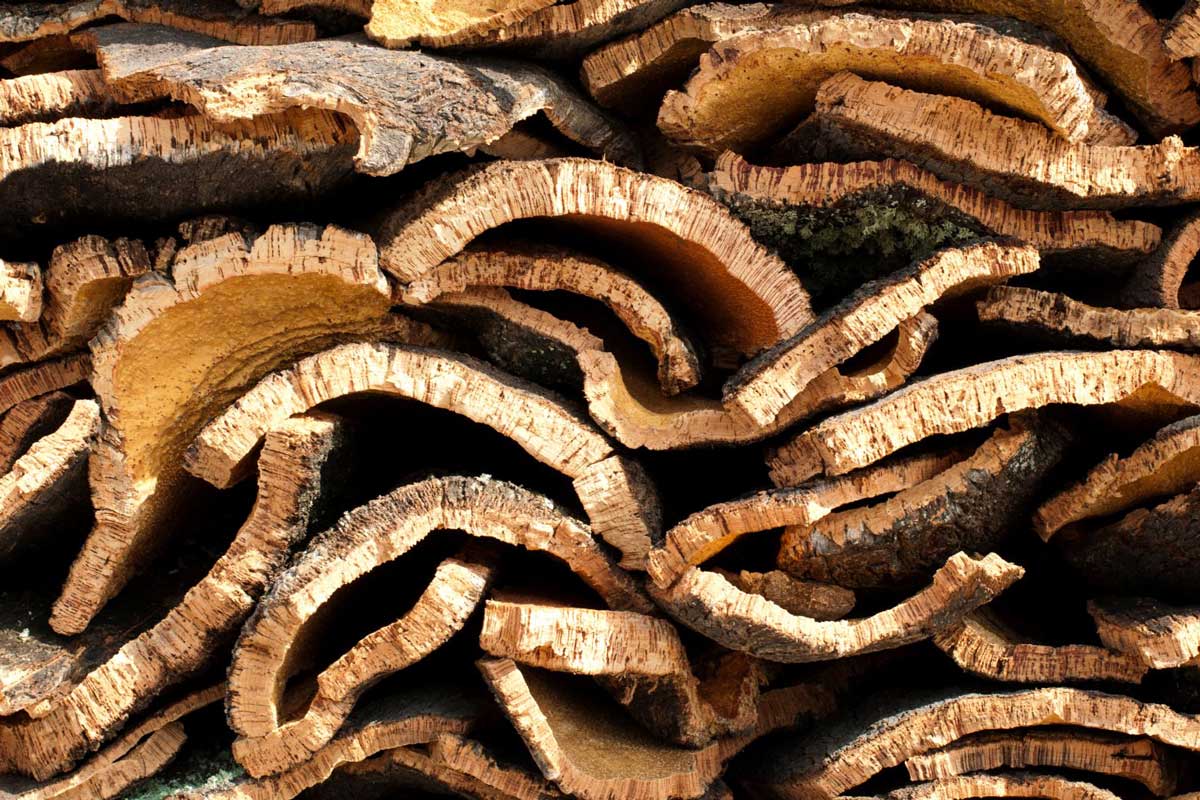
On the other hand, screw caps are made from aluminum or plastic materials that are inert and do not react with the wine. They do not have any cork taint issues and provide a consistent seal every time. However, they are not as porous as natural corks, which means that they do not allow oxygen to enter the bottle. This can be a disadvantage for wines that require some amount of oxygen to age properly.
Sealing Efficacy
The sealing efficacy of natural corks depends on their quality and condition. A good cork should have a tight fit in the bottleneck and be free of any cracks or defects. However, even the best corks can allow some amount of air to enter the bottle, which can lead to oxidation and spoilage of the wine.
The sealing efficacy of natural corks can also be affected by the moisture content of the cork, which can cause it to expand or contract. The higher moisture levels of the surrounding air the better for the cork.
Screw caps, on the other hand, provide a hermetic seal that prevents any air from entering the bottle. They are designed to fit tightly on the bottleneck and provide a consistent seal every time.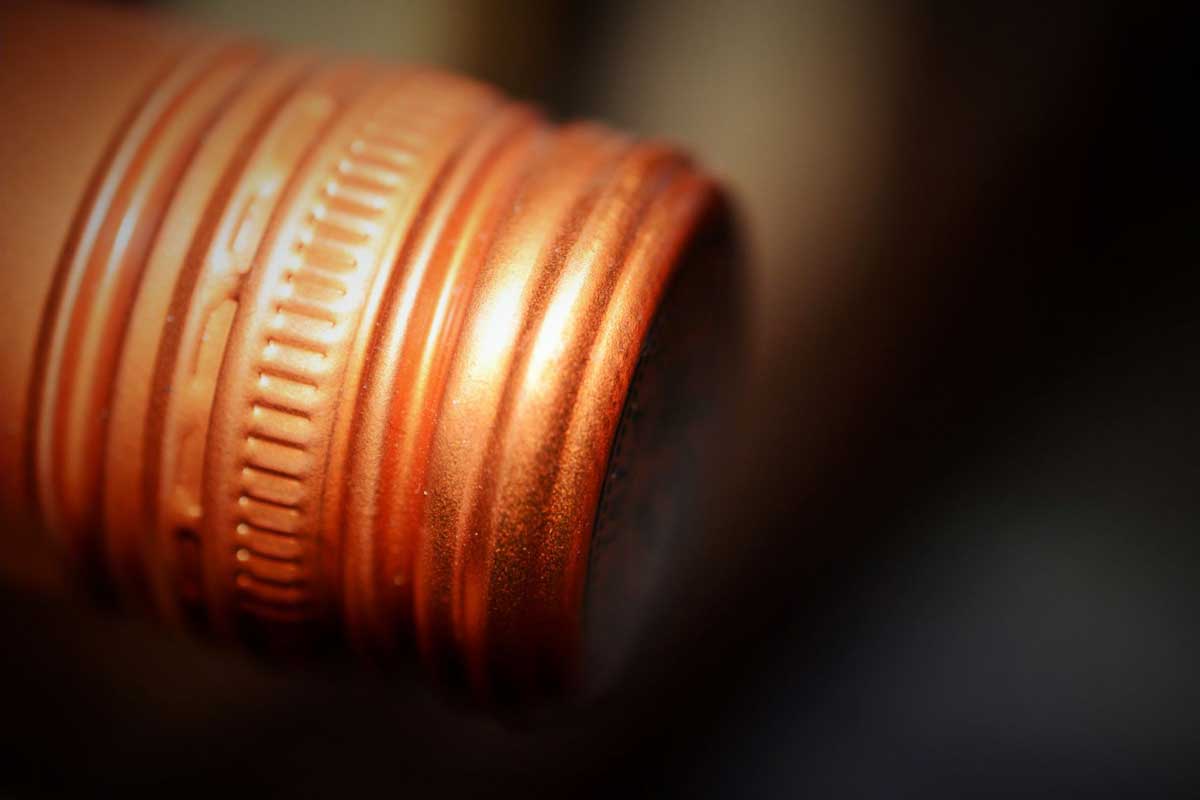
Longevity and Aging Potential
The longevity and aging potential of wines depend on many factors, apart from bottle closure: the grape variety, winemaking techniques, storage conditions…
However, the closure type can also have an impact on the wine’s aging potential. Natural cork’s ability to allow a small amount of oxygen to enter the bottle can help certain types of wine to mature and develop, but at the same time, cork-sealed wines are more susceptible to oxidation and spoilage.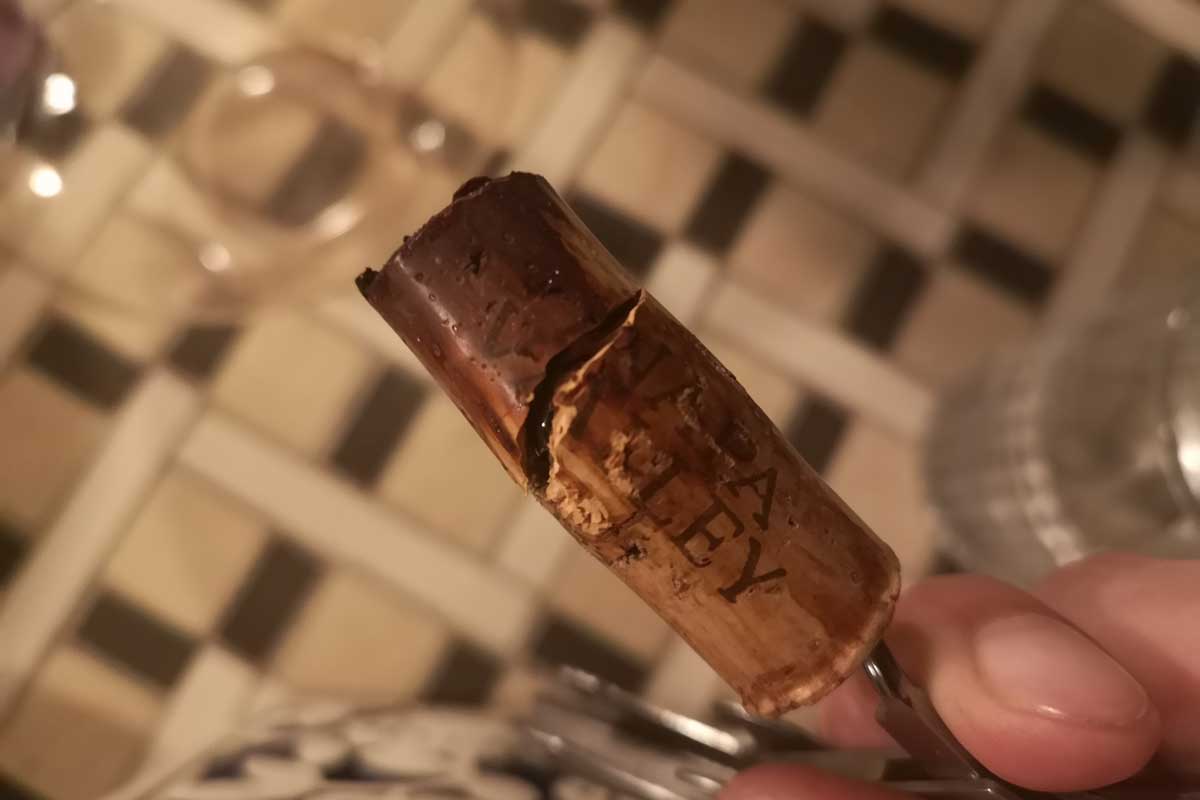
Screw caps, on the other hand, provide a hermetic seal that prevents any oxygen from entering the bottle. This means that screw-capped wines do not age in the same way as cork-sealed wines and may have a different flavor profile.
Since the usage of screw caps on high-end bottles expected to age for decades is fairly recent, we still do not know how different the flavor profile would be. But as far as the wines meant for younger consumption are concerned, screw caps have superior qualities.
Environmental Impact and Sustainability
Cork Harvesting and Production
Cork is a renewable and biodegradable material that is harvested from cork oak trees. The harvesting process involves stripping the outer bark of the tree, which regenerates over time. This process does not harm the tree and can even prolong its lifespan. Cork harvesting also provides employment opportunities for people in rural areas, particularly in Mediterranean countries where cork oak forests are abundant.

However, the production of cork requires a significant amount of energy and water. The process involves boiling the cork in water to soften it, which requires significant amounts of energy. Additionally, the water used in the process can become contaminated.
Screw Cap Manufacturing and Recycling
Screw caps are typically made from aluminum or plastic. The manufacturing process for aluminum screw caps involves mining bauxite, which may have negative environmental impacts such as deforestation, habitat destruction, and soil erosion. The production of aluminum also requires a significant amount of energy and releases greenhouse gases into the atmosphere.
Plastic screw caps are made from petroleum, a non-renewable resource. The production of plastic also generates greenhouse gases and can contribute to pollution and litter. However, some plastic screw caps can be recycled, which can help reduce waste and conserve resources.
In terms of recycling, both cork and screw caps can be recycled. Cork can be ground up and used as a mulch or added to compost, while aluminum and plastic screw caps can be recycled and used to make new products.
Overall, both cork and screw caps have environmental pros and cons. While cork is a renewable and biodegradable material, its production process requires a significant amount of energy and water. On the other hand, the production of aluminum and plastic screw caps can have negative environmental impacts, but they can be recycled.
Consumer Perception and Market Influence
Perceived Quality and Tradition
Wine closures have a significant impact on the perceived quality of wine, and traditional cork closures have long been associated with high-quality wines.
However, consumers are becoming more accepting of alternative closures, such as screw caps and synthetic corks, due to their convenience and consistency in preserving wine quality.
According to a study by the International Journal of Wine Business Research, consumers’ willingness to pay for red and white wines in bottles closed with screw caps is comparable to that for wines in bottles with a cork closure.
Despite such studies, it is evident that the perception of tradition and prestige associated with cork closures still holds weight among many consumers. Wineries that use cork closures may be seen as more traditional or higher-end, while wineries that use alternative closures may be seen as more modern or accessible.
Market Adoption and Sales Impact
The adoption of alternative closures in the wine industry has been steadily increasing in recent years. In 1999, synthetic corks made up only about 2% of the wine bottle closure market, but by 2019, they had grown to about 25% of the market. Similarly, screw caps have gained popularity, particularly among New World winemakers, due to their convenience and ability to preserve wine quality.
Despite this trend, the adoption of alternative closures varies by region and market segment. In some markets, such as Australia and New Zealand, but also Austria and Germany, screw caps have become the dominant closure type, while in others, such as France and Italy, cork closures still hold a strong market share.
The choice of closure type can also have an impact on sales and consumer perception. A survey by Wine Intelligence found that consumers’ attitudes towards wine closures are in flux, with strong marketing campaigns for screw caps and synthetic closures driving consumer acceptance. However, there remains a significant gap between industry attitudes and consumer attitudes, with some consumers still associating cork closures with higher-quality wines.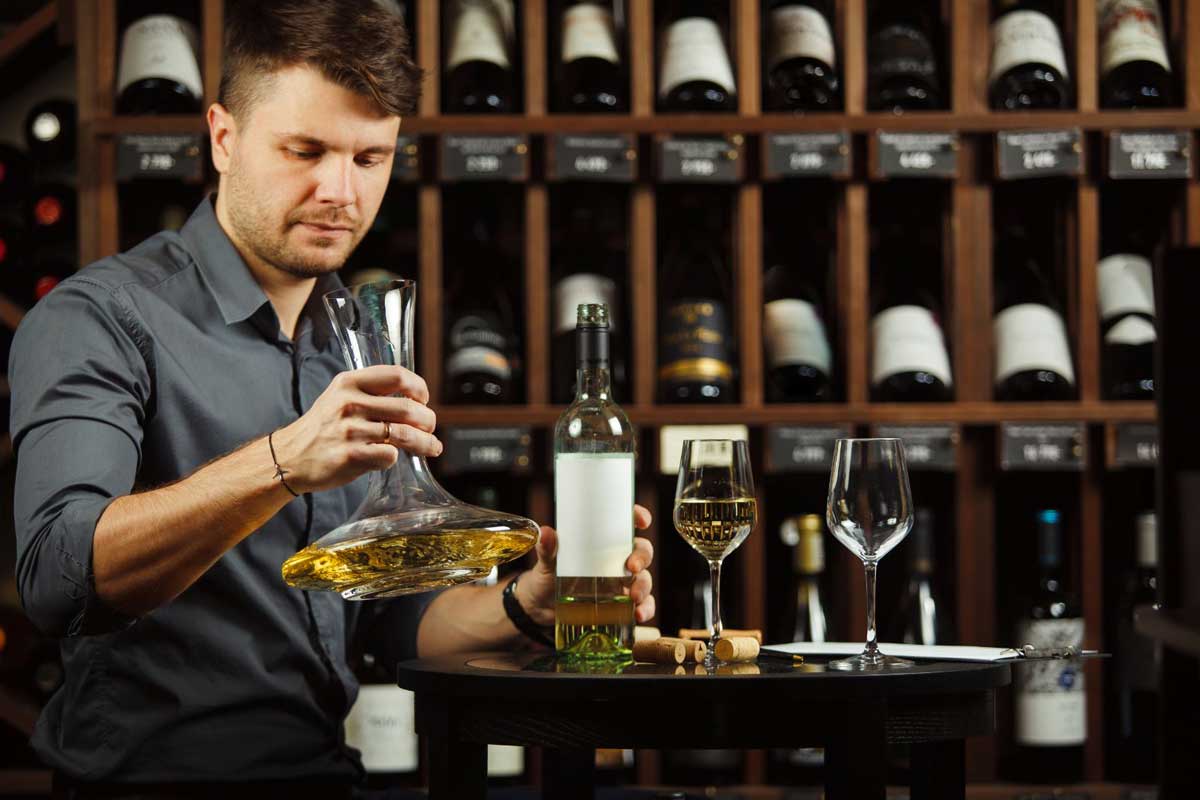
Innovation and Future Trends
Emerging Technologies in Wine Closure
The wine industry is always looking for ways to innovate and improve the quality of its products. Wine closure technology is one area that has seen significant advancements in recent years.
While cork has been the traditional choice for wine closures, screw caps have been gaining popularity.
Emerging technologies in wine closure are set to revolutionize the industry even further. For example, one new technology involves using a plant-based polymer as a wine closure. This material is not only environmentally friendly but also prevents any unwanted flavors from entering the wine. Another technology involves using a laser to create a seal on the bottle, eliminating the need for a separate closure altogether.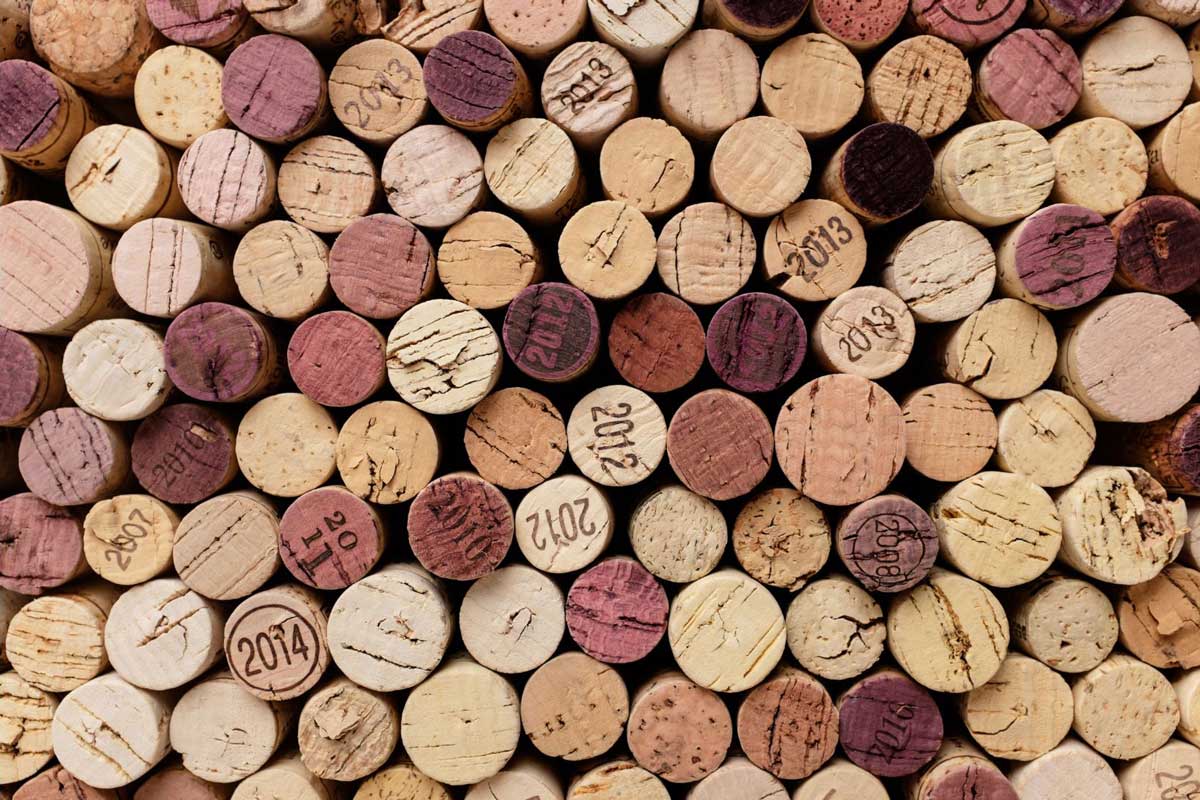
Predictions for Industry Adoption
As with any new technology, it takes time for the wine industry to adopt and implement changes. However, many experts predict that these emerging technologies will become more widespread in the future. One report suggests that the global wine closure market is expected to grow at a CAGR of 5.3% from 2020 to 2027, driven in part by the adoption of new closure technologies.
Additionally, as consumers become more environmentally conscious, there is a growing demand for sustainable wine closure options.
Overall, the future of wine closure technology looks promising. With innovations emerging and industry experts predicting widespread adoption, we will likely witness significant changes in the way wine is sealed and stored in the coming years.
Wineries Opting for Screw Caps: Market Examples of Cork Alternatives
Over the past decade, wineries have been choosing screw caps over traditional cork closures.
Many have adopted their tradition and use both natural corks and screw caps.
This is the case with Enosophia Winery in Slavonia. This shift was driven by many factors, including cost, convenience, and quality control.
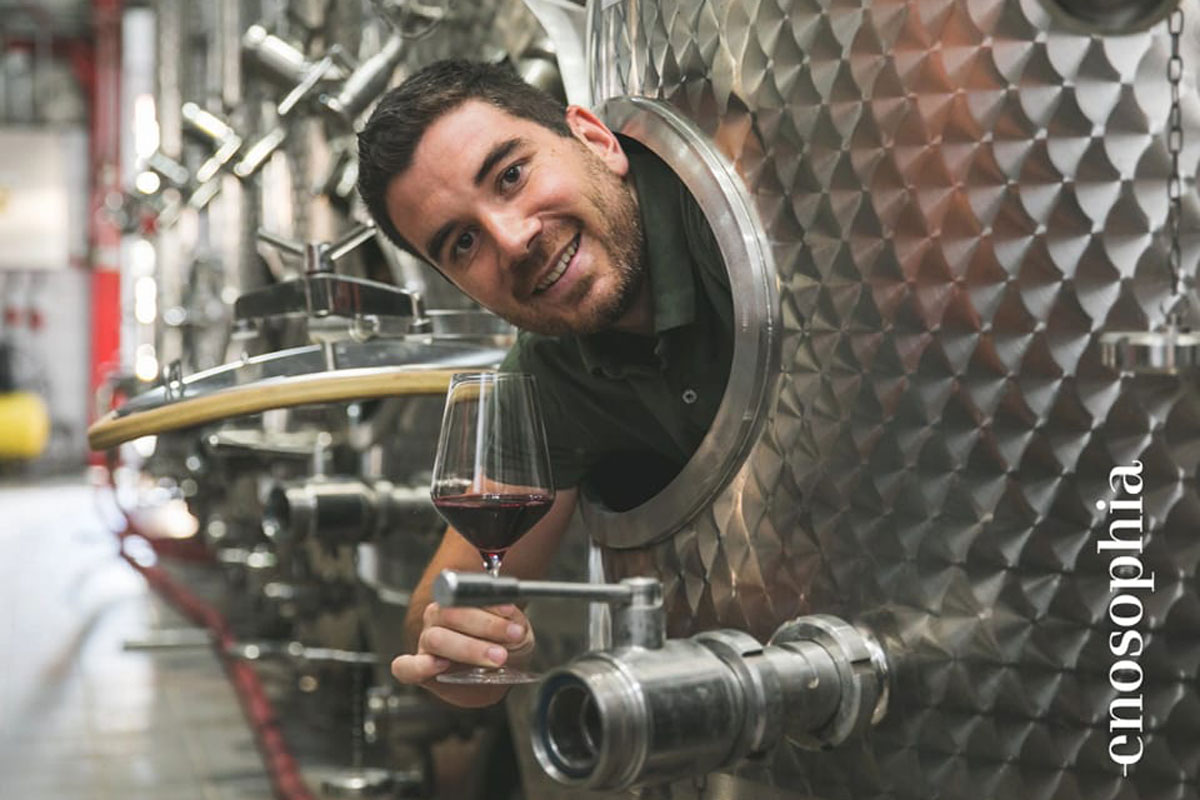
Martin Kovačević, chief enologist of Enosohia claims: “One of the main reasons Enosophia Winery chose screw caps for our Dika line is consistency. Even healthy cork is a natural product and can vary in quality, leading to inconsistencies in the wine. Screw caps, on the other hand, provide a consistent seal every time, ensuring that the wine inside remains fresh and of high quality. For Dika line, that is essential.”
“Dika line is also present in the retail market. While removing a cork with a corkscrew may be seen as a traditional and romantic ritual, it can also be a hassle for an average consumer. Screw caps are much easier to open and reseal, making them a more practical option for everyday wine drinkers.” Martin continues.
“We do not produce large quantities on a global scale, but it is still a larger scale production. The imperative is to achieve a Best Buy option for consumers. Screw caps are also less expensive.”
Conclusion – Are Screw Caps better than Corks?
Despite the ongoing debate, many winemakers are now using screw caps for their wines, and consumers are increasingly accepting them. While there are pros and cons to each closure, in the debate of screw caps versus corks, there’s no one-size-fits-all answer.
Pros and Cons – Oxygen Ingress Comparison
Screw caps are more effective than corks in preventing oxygen ingress into the wine bottle. Oxygen can cause oxidation and spoilage of wine, which can result in off-flavors and aromas.
To most of the wine, less oxygen ingress means better preservation of wine over time.
Winner (apart few exceptions): Screw Cap
Pros and Cons – Chemical Interaction
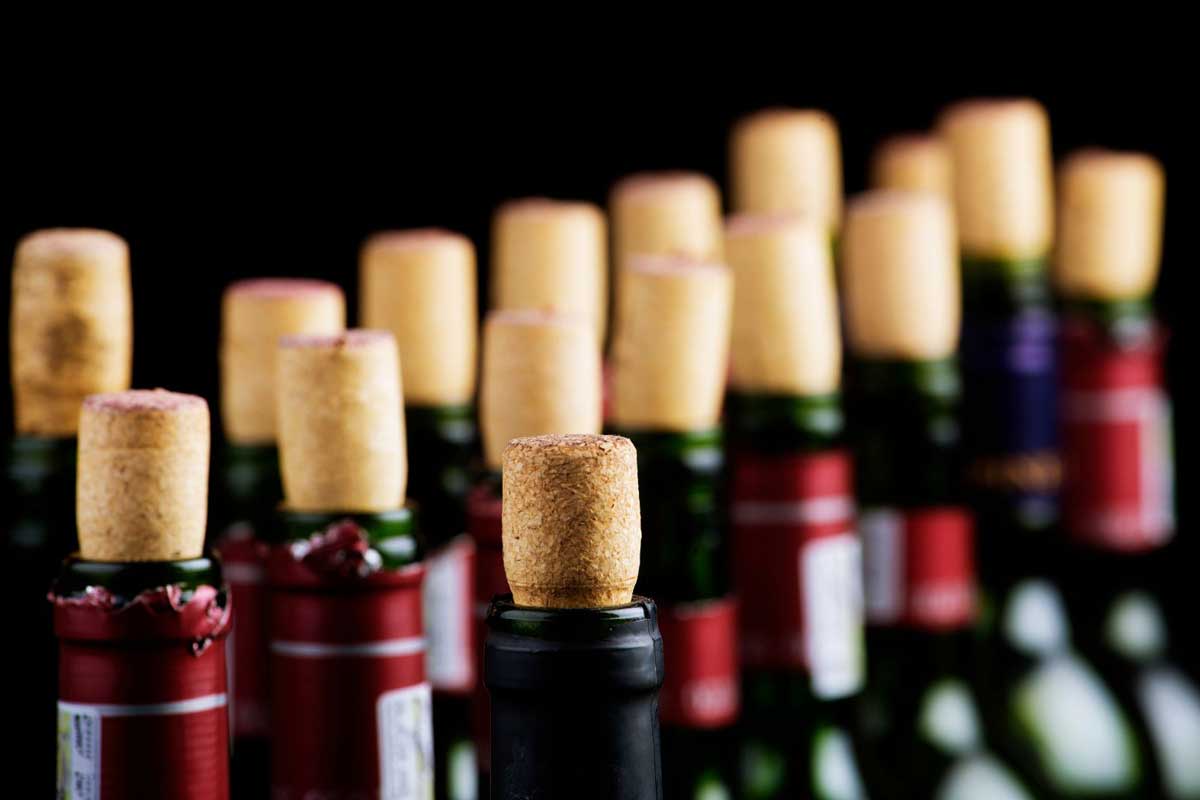
Winner: Screw Cap
Pros and Cons – Preservation of Wine and Aging Potential
Screw caps are more effective than corks in preserving the freshness of wine. Screw caps have a higher level of freshness and fruitiness than wines sealed with corks.
Yet, some wines need time to develop their true potential. A lot of time actually, and it is still uncertain how will these wines behave with screw caps.
Therefore, for wines intended for long-term cellaring, the breathability of corks can contribute to complex flavors and textures.
Winner: Undecided
Pros and Cons – Tradition and Aesthetics
Cork closures carry a sense of tradition and elegance. Many wine enthusiasts appreciate the ritual of uncorking a bottle, considering it an integral part of the wine-drinking experience.
Yet, a screw-capped wine bottle can also be opened elegantly as it is accurately shown in this short video.
Winner: Cork
Pros and Cons – Practical Features
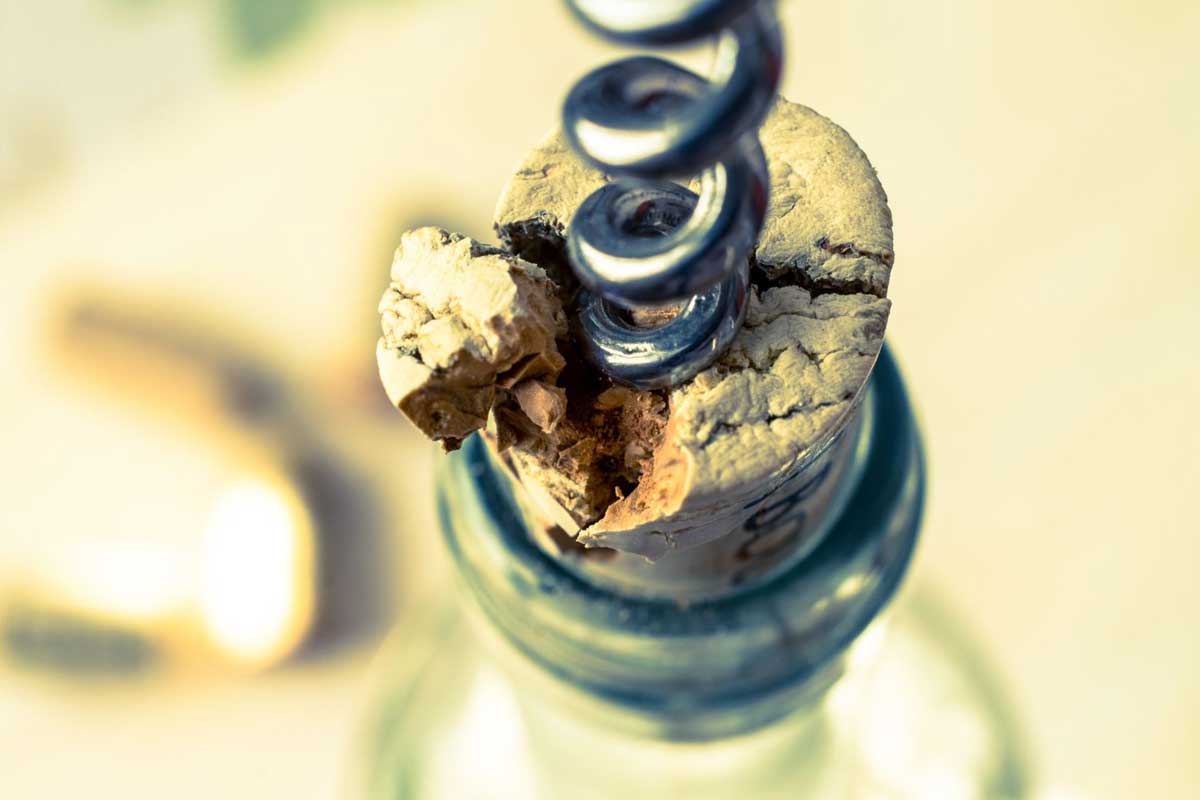
Definitely, no struggling with corkscrews. Screw caps offer unparalleled ease of opening and resealing, making them a convenient choice for those who enjoy a glass of wine without the fuss.
Winner: Screw Cap
Pros and Cons – Consistency in Sealing
This is one less addressed issue, but also important. Unlike corks, which may have natural variations, screw caps offer consistency in sealing. This reliability ensures that each bottle provides a uniform experience, free from the uncertainties associated with cork closures.
Winner: Screw Cap
In conclusion, screw caps are a better option than corks when it comes to preserving wine. They provide a better seal, prevent oxygen ingress, do not interact chemically with the wine, and preserve the freshness and longevity of wine.
That being said, there are exceptions. Certain wines that are designed for cellaring for ages aren’t sufficiently tested and tend to stick to the proven tradition. For those, there is no alternative to natural cork.
| oxygen ingress | TCA risk free | practical use | |
| natural cork | Yes | No | No |
| screw cap | No | Yes | Yes |
| syntetic cork | Yes/No | Yes | No |
| glass cap | No | Yes | Yes |
| crown cap | No | Yes | No |
| agglomerate cork | Yes | Yes/No | No |
FAQ
Are Screw Cap Wines good?
Yes and no. Closure type and wine quality are not directly related. Some Screw Capped wines are excellent, others may be bad. What become certain, is that Screw Cap isn’t diminishing wine quality. On the contrary.
What are Alternatives to Cork?
Existing alternatives are: Screw Cap, Agglomerate Cork, Synthetic Cork, Glass Cork (Vino-lok), Crown Seal
Are screw caps only suitable for inexpensive wines?
No, screw caps are increasingly used for premium wines due to their ability to preserve the quality of the wine.
Do cork closures contribute to the aging of wine?
Yes, cork closures allow for a controlled amount of oxygen, contributing to the aging potential of certain wines.
Are screw caps more environmentally friendly than corks?
It depends on factors like recycling facilities and regional recycling practices. Both closures have their environmental considerations.
Do screw caps affect the perception of wine quality?
Consumer perceptions vary, but studies show that the choice of closure does influence perceived wine quality



















